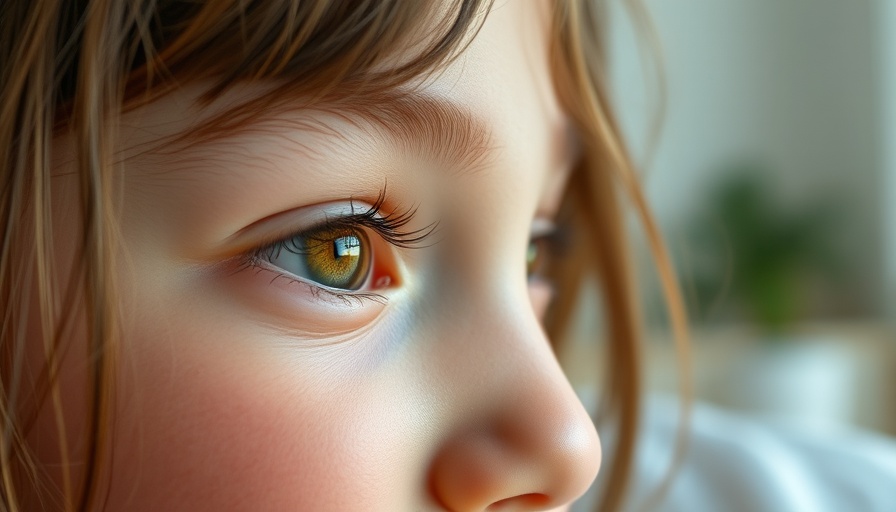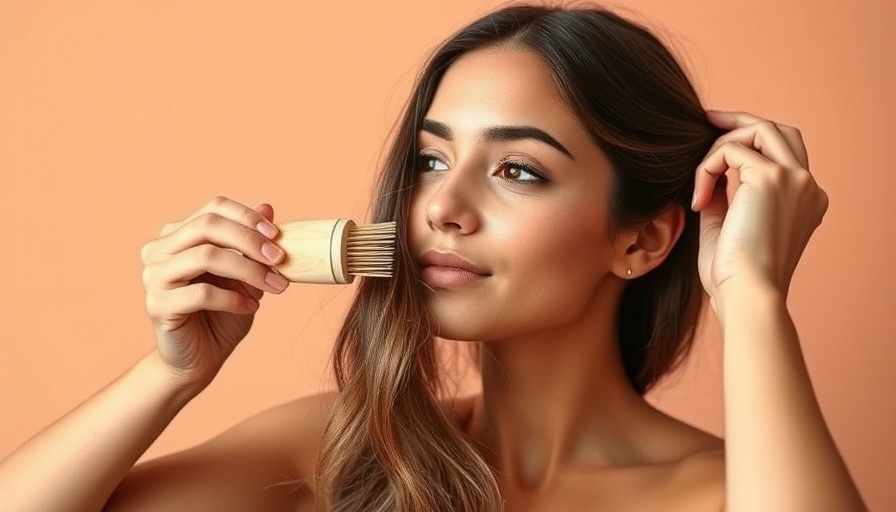
Understanding Crow's Feet: An Inevitable Part of Aging
Crow's feet, despite their unattractive name, are a natural part of life that many will encounter at some stage, often appearing first during moments of laughter or joy. They reflect our shared experiences, representing the smiles and happiness endured over the years. However, as our skin matures, these fine lines can become more pronounced, even when we're not expressing emotions.
What Factors Contribute to Crow's Feet?
As we progress through life, the elastic fibers and collagen in our skin diminish, leading to a natural decline in its supportive structure. This reduction is particularly evident around the eyes, where the skin is thinnest. Factors such as sun exposure, smoking, and a poor diet can compound the aging process, further enhancing the appearance of crow's feet. Board-certified dermatologist Loretta Ciraldo emphasizes that everyone is susceptible to these changes, diminishing the stigma surrounding them.
Insights for Prevention: How to Maintain Youthful Eyes
While we cannot completely avoid crow's feet, there are several strategies to delay their onset and manage their appearance. Here are some tips from dermatologists:
- Hydration is Key: Keep skin moisturized to support elasticity.
- Sun Protection: Apply broad-spectrum sunscreen daily to shield against UV rays.
- Healthy Diet: Incorporate foods rich in antioxidants, vitamins, and omega-3 fatty acids to nourish skin from within.
- Gentle Skin Care: Use mild products around the eye area to prevent irritation.
- Consider Professional Treatments: Consult a dermatologist for options such as Botox or fillers for more pronounced lines.
The Emotional Journey: Accepting Our Changing Faces
It’s important to recognize that crow's feet aren’t just aging markers; they’re tangible memories of joy. Embracing these lines can shift focus from reduction to acceptance, fostering a healthier mindset about our appearance. This perspective allows us to celebrate the stories our skin tells.
 Add Row
Add Row  Add
Add 




Write A Comment